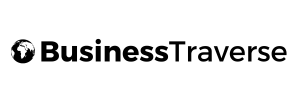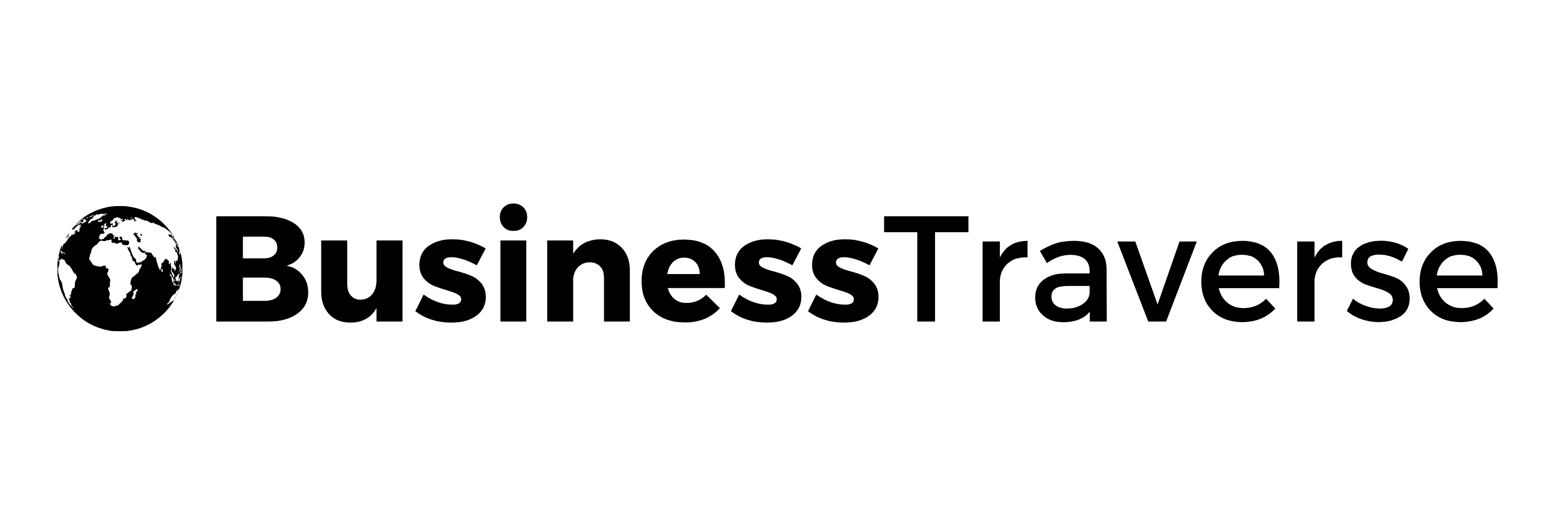Venture capital firm Andreessen Horowitz (a16z) is trying to clean up the messy state of crypto copyright. Last week, the company introduced what it calls “Can’t Be Evil” licenses: a series of agreements that allow creators to grant non-replaceable token holders partial or near-full rights to NFT art. It combats a problem that many experts have mentioned – one that constantly undermines claims that NFTs let you “own” a work.
The “Can’t Be Evil” Licenses (named after a common claim about blockchain companies) are based on the Creative Commons (CC) copyright framework. But unlike Creative Commons, which offers general licenses to large groups of people, a16z’s licenses explain the relationship between an NFT buyer and the person who created the original art it’s associated with.
As explained in a blog post, the licenses are intended as a relatively simple but legally sound framework for determining the rights of NFT holders, which can be changed by individual projects. It’s something that many NFT projects – including some big brands like Bored Ape Yacht Club – don’t consistently do. There are all attempts in creating a standardized NFT license, but so far no one has seen the kind of success that Creative Commons has in the non-crypto world. And a16z, which has invested a huge amount of money in the crypto ecosystem, has a vested interest in solving the problem.

The most extended license is a direct copy of the CC0 match, which allows anyone to remix or redistribute a work of art. In addition, there are five other categories. “Exclusive Commercial Rights” gives the buyer an exclusive right to use the art as it sees fit. “Non-Exclusive Commercial Rights” does something similar, but the NFT creator reserves the right to use the art as well. There is also a version of the non-exclusive commercial license that is revoked if the NFT is used for hate speech – a category that includes defamation, harassment, fraud or “vulgar, cruel, illegal or obscene” use.
In addition, there are also two “Personal Use” licenses, which allow people to copy and display art, but not use it commercially. One includes the hate speech agreement; the other doesn’t.
The licenses also address the issue of sublicenses: basically, how an NFT holder can authorize other people to use the art on something like a T-shirt or TV show and what happens to that contract when they sell the NFT . These licenses say that the subcontract is immediately terminated on a sale – so new buyers don’t get NFT already tied up in deals with other people. (On the other hand, this requires creators who license one’s NFT to live with some uncertainty about its future.)
The contract also specifies that copyrights are only transferred if the NFT is sold legally – so stealing someone’s token doesn’t give you all of the associated rights.
a16z describes the copyright licenses as a more “trusted” version of NFT ownership, which is correct in a sense: it may provide more clarity about the legal value of the tokens rather than relying on handshake deals and vague promises. But where the slogan “cannot be malicious” often implies that there is a technical limit that prevents anyone from abusing a system, all disputes over these licenses will be resolved through the old-fashioned legal system – an idea many NFT creators are increasingly turning to. feel comfortable with.





